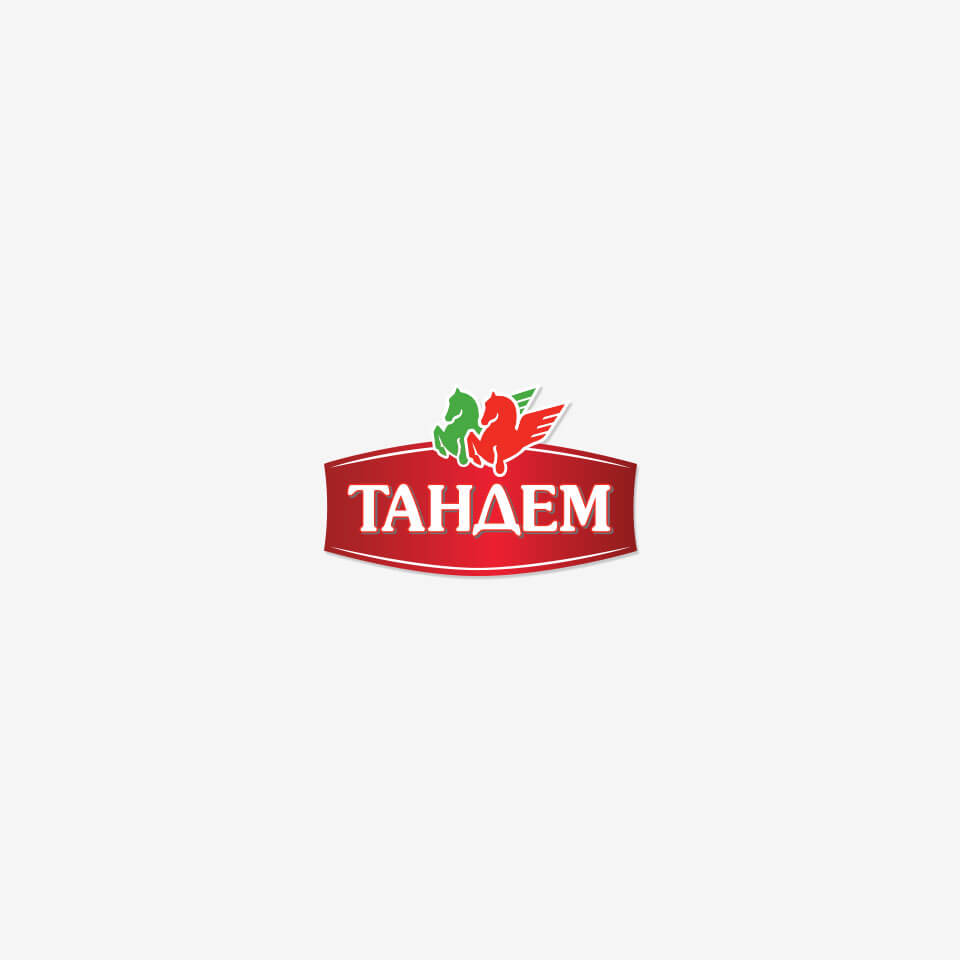Manufacturing technology
As soon as the idea ofcreating a new product is born, each manufacturer prepares the respective technological documentation. This way, the technology, recipe, hygiene and quality requirements for the product’s manufacturing are all established.
RAW MEAT MATERIALS
The raw meat materials are used according to the approved documentation. They have a significant impact on the taste and consistency of the finished product. The main products of animal origin used in the manufacturing of salami and delicacies are listed below with their specific characteristics in their composition:
|
Pork |
· A good source of B-group vitamins – B1, B2, B3 and B6 · High mineral content – zinc and phosphorous · Relatively high content of saturated fatty acids, resulting in higher calorie content of the pork |
|
Meat from large ruminants (beef and veal) |
· Relatively low fat content · A good source of B vitamins, especially B12 · High mineral content – iron, magnesium, phosphorus and zinc |
|
Meat from small ruminants (lamb, sheep, etc.) |
· A good source of B vitamins; like beef, it is rich in vitamin B12 · High mineral content – magnesium, phosphorus and zinc · Moderate fat content |
|
Poultry (chicken, turkey, etc.) |
· Low fat content, predominating unsaturated fatty acids · Duck and goose meat is characterised by higher fat content, but also higher mineral content · Rich in fat-soluble vitamins A, D and E |
More and more often, on the labels of various types of salami, you can find the abbreviation MSM acronym – this means “mechanically separated meat”. This meat is obtained from different species of animals, most often birds. Meat and bones that are difficult to de-bone are fed to a separating machine under high pressure. The resulting product is called a separate.
IMPORTANT TO KNOW
The legislation on food safety and quality covers all of Europe. Raw meat materials originating in Europe (including Bulgaria) are produced in accordance with EU Regulation 853/2004 which defines the specific requirements for food hygiene.
DEFINITION
Fresh meat – meat that has not undergone any processing other than chilling, freezing or flash-freezing.
Source: Regulation EU 853/2004
The shelf life of the offered raw meat materials is essential. If frozen materials are used within the shelf life set by the manufacturer, they have the characteristics of fresh meat and are absolutely safe for consumption.
